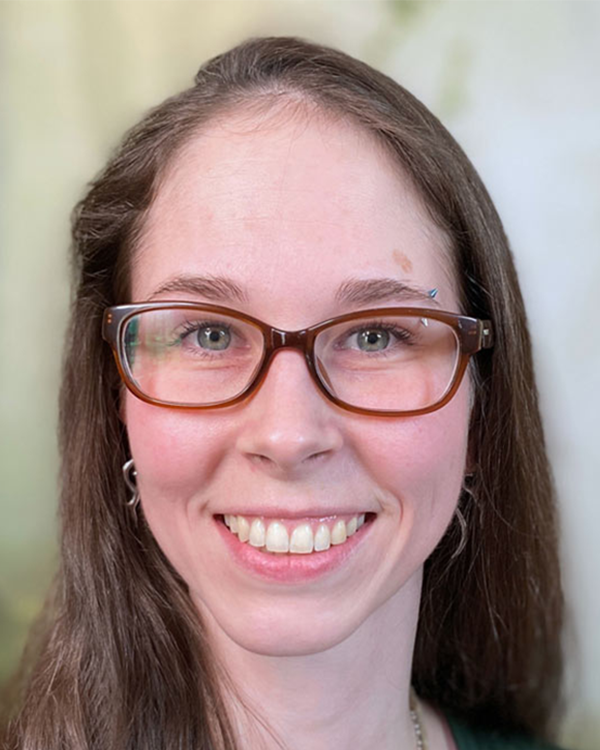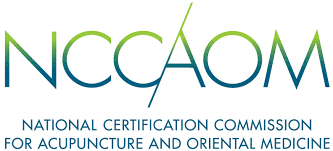Muscular Aches/Pain
Joint Pain/Arthritis
Allergies/Asthma
Headaches/Migraines
Smoking Cessation
Anxiety/Depression/PTSD
Fertility Support
Weight Loss
Gynecologic Issues
Fatigue
Stress/Tension
Digestive Issues
Insomnia
Tinnitus/Vertigo

Samantha Brodersen, L.Ac, is a Licensed Acupuncturist. She graduated valedictorian from the National University of Health Sciences with a Master of Science in Oriental Medicine in 2016. She graduated from Northern Illinois University with a Bachelor of Science in Psychology in 2012. She loves the idea that everything about a person, their psychological state and physical state are connected. She feels that it is amazing to be able to listen to the patient and manipulate their Qi to bring about health.
“Let us create a partnership for your health and well-being. Acupuncture is a natural way to harmonize and create a balance between the mind, body, and spirit.”
Licensed Acupuncturist (L.Ac.)
Master of Science in Oriental Medicine, National University of Health Sciences
Diplomat of Acupuncture NCCAOM (National Certification Commission for Acupuncture and Oriental Medicine)
Bachelor of Science in Psychology, Northern Illinois University
License # 198.001447

During the first session, the patient’s medical history will be discussed and the chief complaint will be addressed. The acupuncturist will look at the tongue and feel both wrist pulses for further pattern differentiation.
Once the patient’s pattern(s) are diagnosed, a treatment plan will be created to address the patterns to help bring the patient back into a state of balance. This is done by selecting the appropriate acupoints for the individual’s pattern(s). Needles remain in the body between 15-30 minutes. After the needles are removed, tuina, cupping or gua sha may be performed for further relief. Patients usually feel relaxed after a session.
There may be a slight sensation with the insertion of the needles but it should not hurt. There are different sensations people may feel while the needles are in, such as a heavy feeling, a warming, or a tingling sensation around the needles.
There should be some pain relief after the first session but it depends on how chronic the condition is. Some people feel almost complete relief and for others, it may take some time. Acupuncture builds on itself, so the more treatments you have, the quicker and longer-lasting the results will be. For example, for chronic knee pain, it may take 2 sessions a week for several weeks or months to feel long-lasting relief. For acute knee pain, it may take 4-12 treatments. It just depends on your body.
Most treatments do not need full removal of clothing. The most common areas needled are the arms and legs, so loose clothing is ideal. It also just depends on where the pain is located and if clothes need to be removed, a sheet will be draped over the body.
Yes, in this clinic the rooms will be private.
Traditional Chinese Medicine (TCM) has been around for over 2,000 years. Over the centuries, TCM has been developed and refined based on the theory of Qi, the theory of Yin and Yang, the theory of Meridians, and the theory of the Five Elements. TCM views the human body as an integrated whole and not just the sum of its parts.
TCM considers the physical, psychological, and environmental aspects when treating a person. The relationship between these aspects creates “patterns of disharmony” that describe the imbalances in a patient’s body. The purpose of treatment is to restore balance, which then restores a person’s health.
One of the fundamentals in TCM is the theory of Qi (pronounced like ‘Chee’). Without Qi, there is nothing. It is the material and immaterial that connects everything in the cosmos and takes countless forms. It is hard to describe exactly what Qi is but it is usually equated with ‘energy.’ The functions of Qi (within the body) are to protect the body, warm the body, and maintain stability and retention in the body. It is also the source of all movement in the body and responsible for all of the transformations in the body. If there is a dysfunction of Qi, a pattern of disharmony will be present and the acupuncture treatment will be applied to reharmonize the function of Qi.
This theory represents opposites but with complimentary qualities of something. This theory can be applied to everything in nature. Yin and yang are not two separate and static states but they flow into one another. For example, heat can turn into cold, and cold can turn into heat. They represent the relationship between cycles, for example, night and day. Yin represents night and Yang represents day. You cannot have one without the other. It is said that Yin and Yang mutually create each other, control each other, and can transform into each other. This theory is applied to the body and helps us understand the relationships the body has within itself. When there is an imbalance of Yin and Yang, there is disharmony. Acupuncture is applied to help rebalance Yin and Yang.


Acupuncture helps treat imbalances in the body through the use of Meridians. They are the ‘rivers of energy’ that flow throughout the body. Very small needles are inserted into strategically selected acupuncture points along the meridians to help rebalance the flow of Qi. Acupuncture is great for multiple ailments with the most common being body pain.
Muscular Aches/Pain
Joint Pain/Arthritis
Allergies/Asthma
Headaches/Migraines
Smoking Cessation
Anxiety/Depression/PTSD
Fertility Support
Weight Loss
Gynecologic Issues
Fatigue
Stress/Tension
Digestive Issues
Insomnia
Tinnitus/Vertigo
Tues: 3 pm - 7:30 pm
Thurs: 3 pm - 7:30 pm
Fri: Available Soon
Sat: 3 pm - 7:30 pm